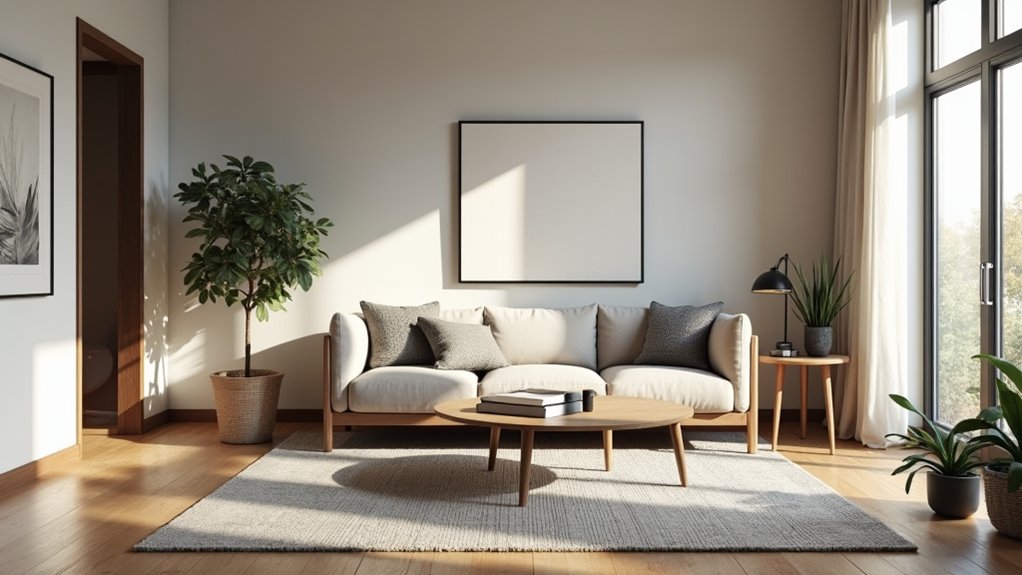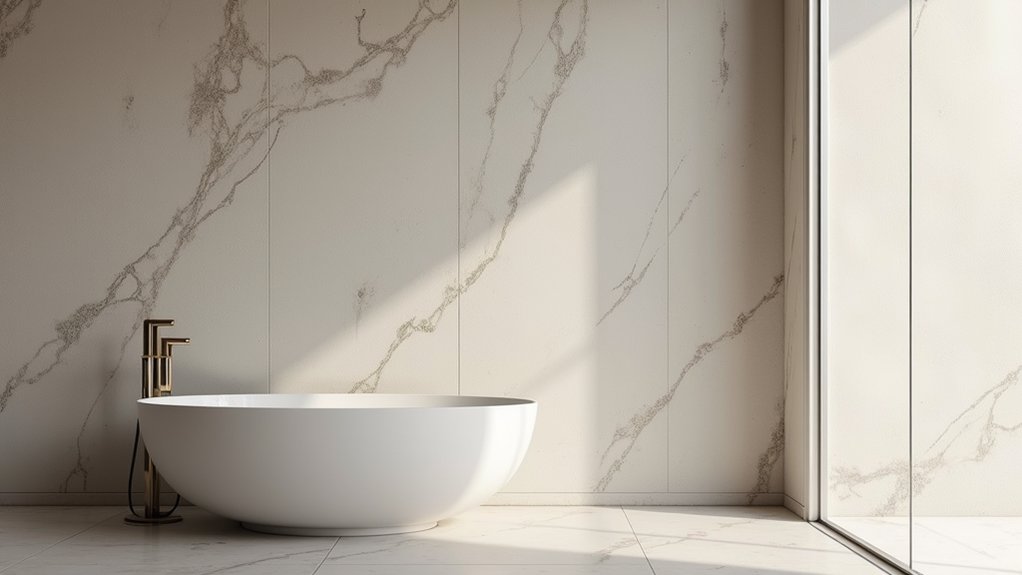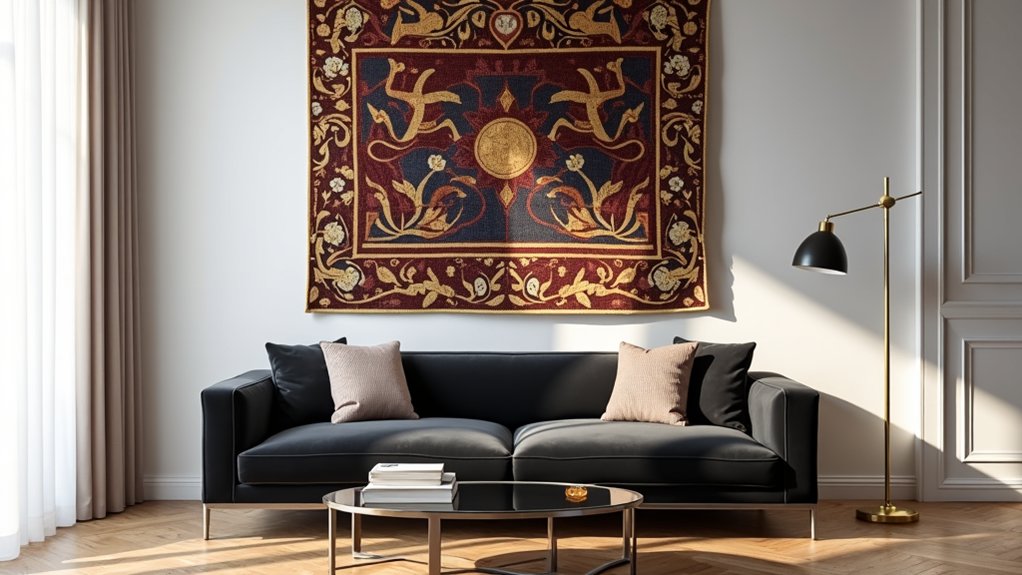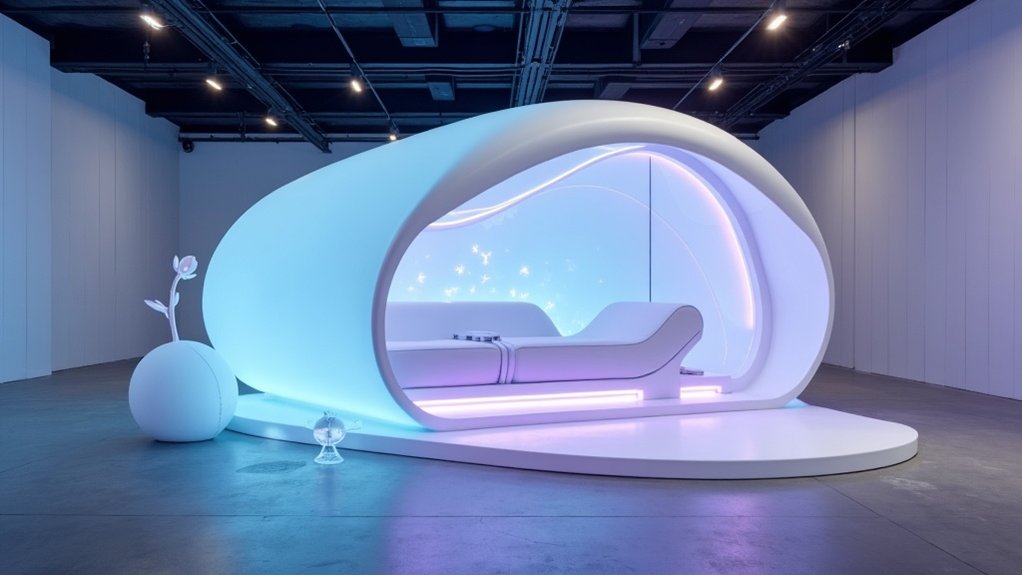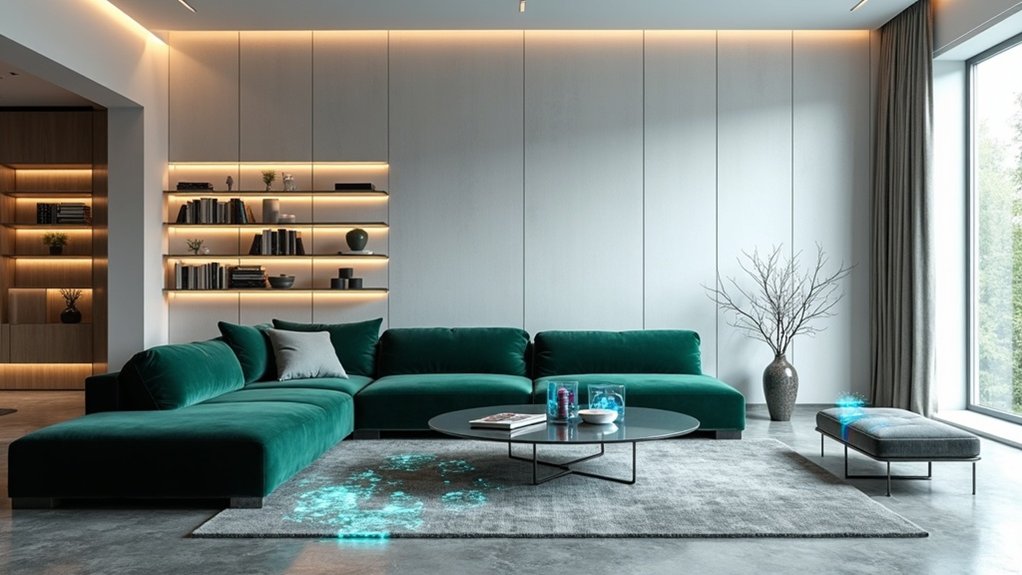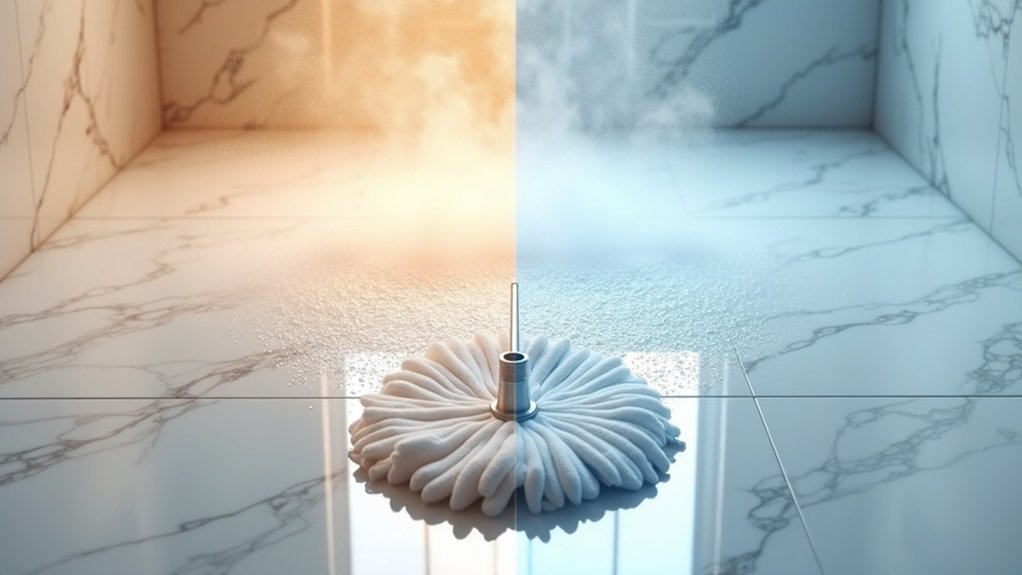While stainless steel has long been associated with industrial applications, its evolution into architectural and interior design spaces represents one of the most significant material transformations in modern construction and aesthetics. The material’s versatility is particularly evident in landmark projects like the Fresno City Hall, where stainless steel roofing spans more than two acres, and the Pittsburgh International Airport’s impressive barrel roofs featuring 80-foot radius designs in terne-coated stainless steel.
The material’s structural integrity extends far beyond conventional applications, as demonstrated by the dramatic rehabilitation of Chicago’s Amoco Building, where stainless steel anchoring systems now support 43,000 granite panels. This adaptability, combined with its durability, has contributed to stainless steel capturing 11.3% of overall U.S. market demand in building and construction applications, with global market valuations reaching USD 117.63 billion in 2023. The material’s extreme weather resistance makes it an ideal choice for architectural projects in challenging climates. The World War II era marked a pivotal moment in stainless steel’s widespread adoption, particularly highlighting its strength and corrosion resistance in various manufacturing applications. Additionally, modern homes are increasingly incorporating smart storage systems that utilize stainless steel for durability and aesthetic appeal.
Interior design has welcomed stainless steel’s aesthetic potential, moving beyond traditional kitchen appliances to incorporate sophisticated design elements. The surge in Google searches for “stainless steel kitchen islands” and “stainless steel kitchen pantries” reflects growing consumer recognition of the material’s design versatility. From contemporary light fixtures and wall panels to furniture pieces and decorative accents, stainless steel’s neutral appearance complements both modern and industrial design aesthetics.
The material’s impact on commercial and industrial spaces remains similarly significant, with applications ranging from corrosion-resistant kitchen equipment to critical components in power plants and oil industry infrastructure. This widespread adoption is driven by stainless steel’s unique combination of properties, which provides advantages over traditional carbon steel in various architectural applications.
As the global stainless steel market projects a 6.7% CAGR from 2024 to 2030, its influence continues to expand across residential, commercial, and industrial sectors. The material’s ability to combine structural integrity with sophisticated aesthetics has established it as a crucial element in contemporary design, transforming spaces while maintaining its reputation for durability and versatility.

